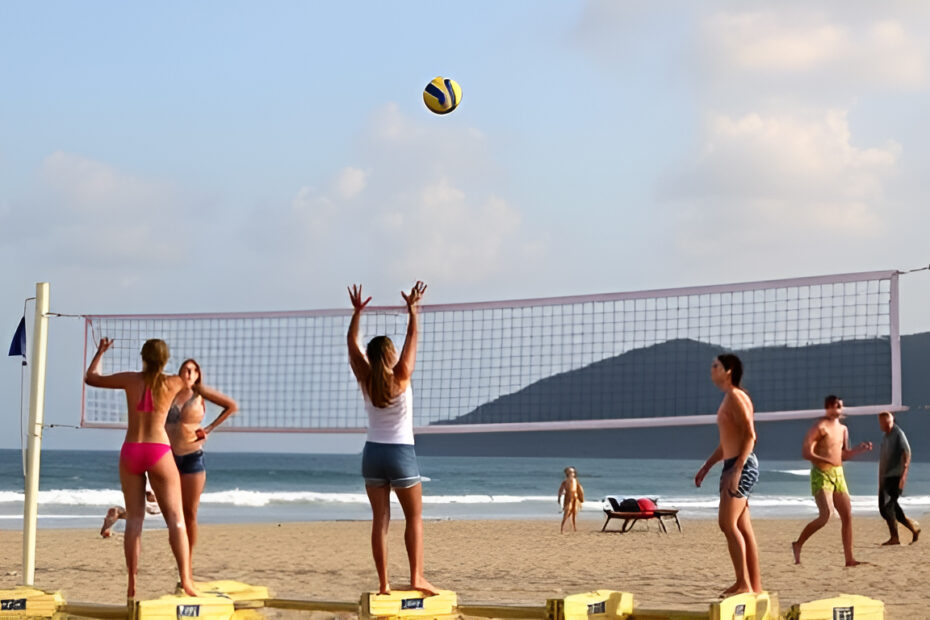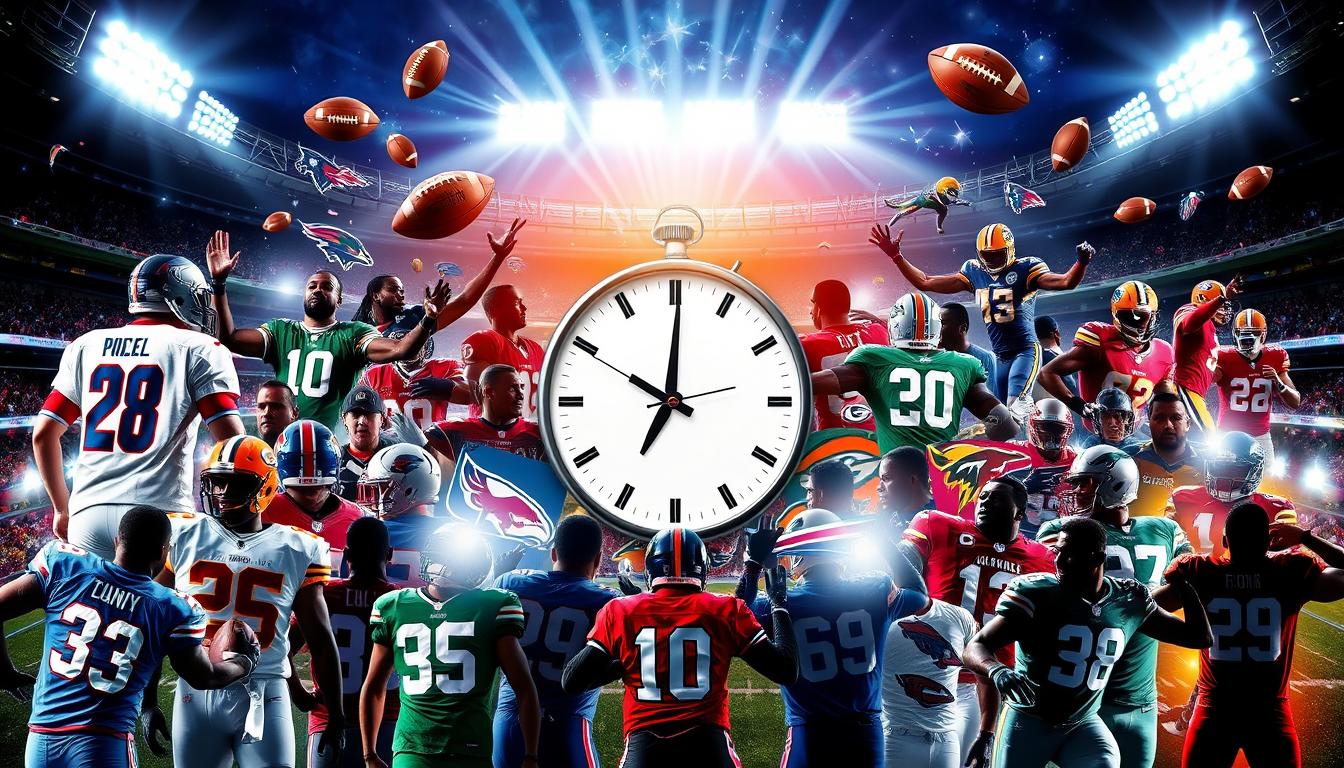In 2024, beach volleyball will see some slight adjustments in its rules, both to enhance fairness and ensure exciting gameplay at major competitions like the Paris Olympic Games. Many of these regulations are consistent with long-standing traditions in the sport, but subtle changes ensure the game remains modern, balanced, and viewer-friendly. Let’s dive into some of the essential updates and core rules that players, coaches, and fans alike should be aware of as we approach the 2024 season.
Court Dimensions and Equipment
Beach volleyball courts in 2024 maintain the same standard dimensions, measuring 16 meters long by 8 meters wide. The net height is consistent with indoor volleyball, at 2.43 meters (7.97 feet) for men and 2.24 meters (7.3 feet) for women. These dimensions ensure that the game remains consistent across different competitions, including the Olympics, where standardization is essential for fairness.
Moreover, the ball used in beach volleyball is slightly larger and lighter than its indoor counterpart, promoting longer rallies and a more dynamic style of play. With sand surfaces influencing ball movement and player mobility, these equipment specifications create a unique, physically demanding game (NBC Olympics)(FIVB).
Player Structure and Team Format
The traditional format of beach volleyball features two players per team, without the option for substitutions. This is a distinguishing feature compared to indoor volleyball, where larger teams and rotational substitutions are the norm. The two-player format places significant emphasis on individual skill, endurance, and communication. Each player must be proficient in both offensive and defensive roles, given the absence of specialists like setters or liberos (FIVB).
Serving and Rotation Rules
One of the key aspects of the beach volleyball rules in 2024 is the serving protocol. A coin toss is used to decide which team serves first in the initial set, and the losing team chooses whether to serve or receive in the following set. The server must serve from behind the baseline, and their foot cannot cross this line until after contact with the ball. Any violation of this rule results in a fault and a point to the opposing team (NBC Olympics).
Interestingly, players alternate their serving turns in the game. If a team wins a rally, the same player serves again. If the opposing team wins, the next server is the one who did not serve during the team’s previous possession. This ensures equal participation and eliminates the possibility of a single dominant server influencing the game excessively (FIVB).
Rally Scoring and Timeouts
The rally scoring system remains integral to beach volleyball in 2024. In this format, every rally results in a point for one of the teams, unlike the older side-out scoring method where only the serving team could score. This change, introduced in the early 2000s, continues to make the game faster-paced and more viewer-friendly.
Matches are generally played as best-of-three sets, with the first two sets being played to 21 points and the third (if necessary) to 15 points. Teams must win by a margin of two points, and there is no cap on the number of points a set can reach if the score remains close (NBC Olympics)(FIVB).
Each team is allowed one 30-second timeout per set, and an additional 30-second technical timeout is taken when the combined score of both teams reaches 21 in sets one and two. These timeouts provide much-needed breaks in a physically exhausting game where players face environmental challenges like intense heat and wind (NBC Olympics).
Net Interactions and Blocking Rules
Net interaction remains a critical part of the game’s rules, with strict regulations on what constitutes a fault. Players are allowed to touch the ball beyond the net while blocking, as long as they do not interfere with the opponent’s ability to play the ball. However, contact with the net by players or their clothing during play results in a fault and the opposing team earns the point. This keeps play clean and emphasizes skillful blocking without unnecessary physical interference (FIVB).
Changes to the Rules for 2024
While the core of the game remains largely unchanged, a few subtle rule changes have been introduced for 2024 to streamline gameplay and make matches more competitive. One notable addition is the continued refinement of rules related to hand setting. In beach volleyball, hand-setting is closely scrutinized to ensure no prolonged contact or “doubles” occur, which is when the ball makes contact with both hands unevenly. In 2024, referees are expected to maintain strict enforcement of these rules, but recent clarifications make it easier for players to understand acceptable hand-setting techniques (FIVB).
Environmental Considerations and Gameplay Adjustments
Given that beach volleyball is played in outdoor environments, the rules account for external factors like wind and sunlight. Teams switch sides every seven points in the first two sets and every five points in the third set to balance the effects of environmental elements. This is critical in high-stakes tournaments like the Olympics, where conditions can significantly influence the game’s outcome (NBC Olympics).
Additionally, recent changes emphasize a more systematic review of external factors before matches. Organizers at major competitions, such as the Olympics or World Championships, are required to assess the playability of courts based on weather conditions to ensure player safety and game fairness. If necessary, delays can be called due to extreme conditions like windstorms or unplayable sand (FIVB).
Moving On
As beach volleyball enters the 2024 season, the sport remains rooted in its traditional rules while evolving to accommodate fair play and athlete safety. The fine-tuning of rules like hand-setting and the inclusion of more structured timeout regulations ensure the game maintains its fast-paced and exciting nature. Players and fans can look forward to high-octane competition, especially with the upcoming Paris Olympics, where these rules will be showcased on the world’s largest stage.
Understanding these subtle changes and core regulations will not only enhance the viewing experience but also ensure players at all levels remain competitive and in line with the evolving standards of the sport. For more details on these rules, you can explore official documentation from the FIVB or Olympic sources (FIVB)(NBC Olympics).










